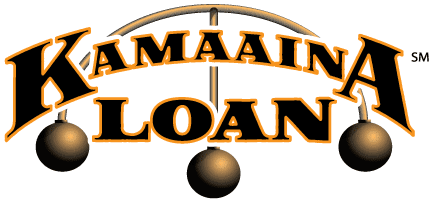It looks like gold? Is it gold?
The first, simple test is to touch the jewelry or coin with a magnet. At Kamaaina Loan, we use a small but powerful neodymium magnet (the kind used in speakers).
If it’s just plate (sometimes sold as gold-filled or under other tricky names), the magnet will be attracted to the iron underneath.
Gold plate is real gold but so thin its value is insignificant.
If the item is not plate, then a series of tests can determine its karat-value, or proportion of gold to base metal.
24K is pure gold. Jewelry is made from lesser karat-gold, because pure gold is too soft to be durable.
Thus, 12K is half gold, and 18K is three-quarters gold.
If gold is selling for $1,800 an ounce (it’s close to that today), then a 14K ring weighing 10 grams contains a little over a sixth of an ounce of gold. There are 31.1 grams in a troy ounce, so the 10-gram ring weighs just under a third of an ounce, and 14K is a little over half gold, so the ring contains a bit more than one-sixth of an ounce of gold.
At $1,800 an ounce, the gold itself has a value of about $300. After it has been refined. The market value of the gold while it’s still in the ring is going to be something less, because of transaction costs, shipping costs and refining costs.
But that’s how a pawnbroker determines how much gold is in your piece of jewelry.
